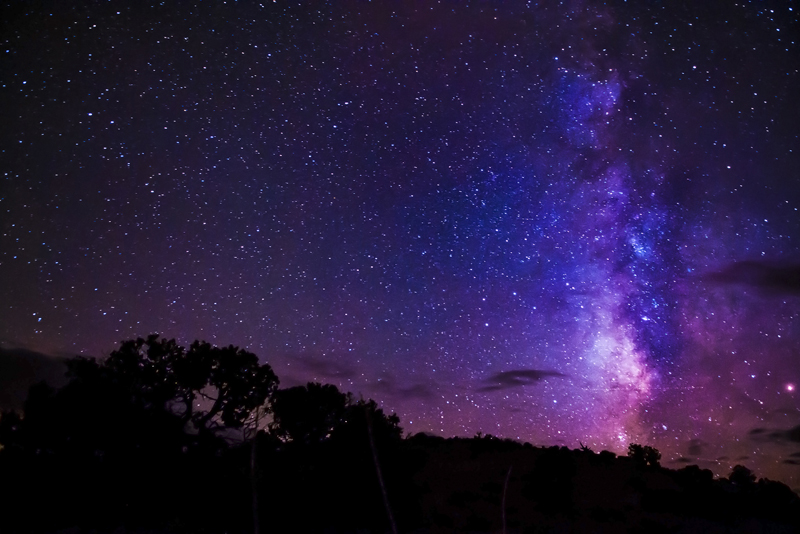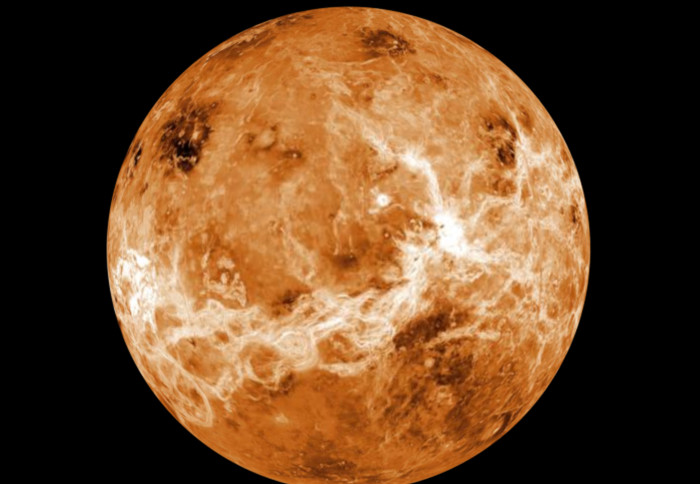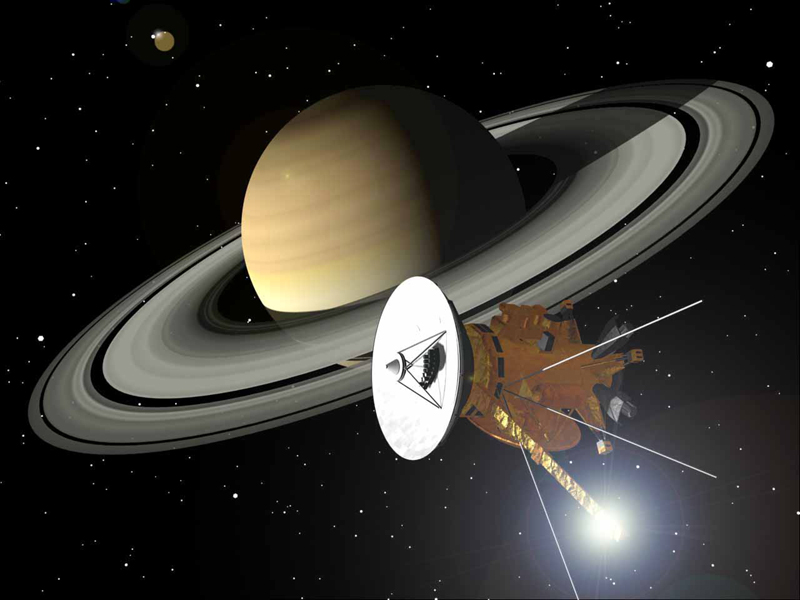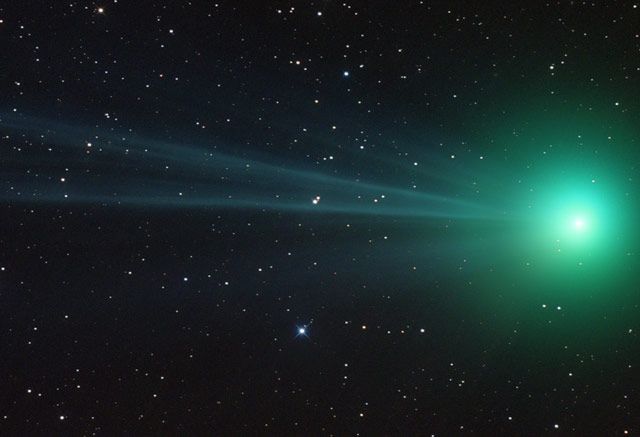Hi everybody
Here's the latest article from the Astronomy site at BellaOnline.com.
Draco the Dragon
An enormous dragon circles the northern celestial pole. The constellation Draco contains a star that was the pole star at the time of the pharaohs, some interesting galaxies and the most complex planetary nebula yet discovered.
http://www.bellaonline.com/articles/art180429.asp
*Herschel Space Observatory goes blind*
On April 29th the European Space Agency's (ESA) wonderful telescope finally ran out of coolant, leaving Herschel unable to detect infrared radiation. It was launched in May 2009 for a three-year mission, so it's had some extra time to observe the cool regions of the galaxy, such as stellar nurseries. HSO is the largest telescope ever put into space and is named for William and Caroline Herschel whose 18th-19th century partnership laid the foundation for modern astronomy. There are still tens of thousands of images which haven't yet been analyzed, so astronomers will be busy with the data for years to come.
The very first article I ever published for BellaOnline was about the HSO: http://www.bellaonline.com/articles/art66753.asp
*Third-grader from North Carolina names asteroid*
Way back in September, I alerted newsletter readers to a competition sponsored by the Planetary Society and NASA. A sample return mission is planned for launch in 2016 to Asteroid (101955) 1999 RQ36. The competition was open to under-eighteens to name the asteroid, giving their reasons. There were some eight thousand entries from around the world, but the winning name is Bennu, submitted by nine-year-old Michael Puzio.
Bennu was an ancient Egyptian deity, which fits nicely with the name of the spacecraft OSIRIS-Rex. (That’s an acronym for a rather convoluted name.) In addition, Bennu was usually shown as a gray heron, and Michael thought the sample arm and solar panels of the spacecraft looked like the neck and wings of a heron. Here is a link to the mission photo gallery: http://osiris-rex.lpl.arizona.edu/?q=gallery
*What’s up for May 2013?*
Here are some suggestions for night-sky viewing this month from Jane Houston Jones at the Jet Propulsion Laboratory in Pasadena, California. She relates the changing position of the Moon to different constellations and tells you something about other objects related to them. http://www.youtube.com/watch?v=sqnHaIYn_tc&feature=player_embedded And don’t forget to look out for Saturn. Although the opposition has passed, it’s still a lovely sight in Virgo and makes an attractive companion to Virgo’s bright star Spica.
For a variety of astronomy images, follow me on Pinterest at: http://pinterest.com/astrobella/
To participate in online discussions, this site has a community forum all about Astronomy located here - http://forums.bellaonline.com/ubbthreads.php?ubb=postlist&Board=323
Please visit astronomy.bellaonline.com for even more great content about Astronomy.
I hope to hear from you sometime soon, either in the forum or in response to this email message. I welcome your feedback!
Do pass this message along to family and friends who might also be interested. Remember it's free and without obligation.
I wish you clear skies.
Mona Evans, Astronomy Editor
http://astronomy.bellaonline.com
One of hundreds of sites at BellaOnline.com
.
astronomy Newsletter








